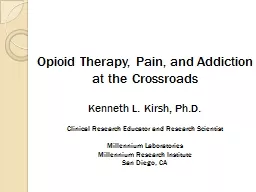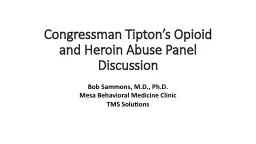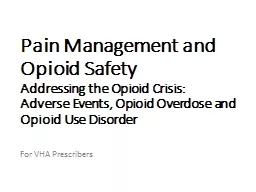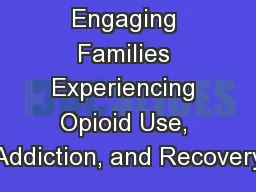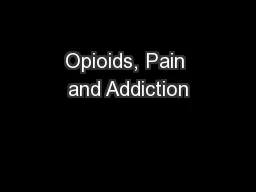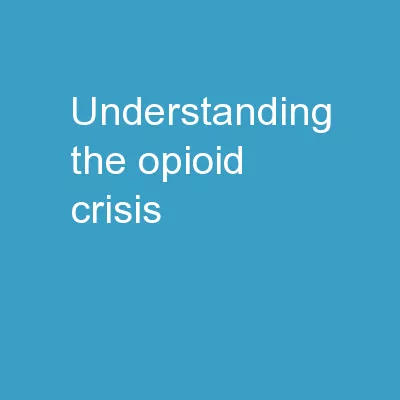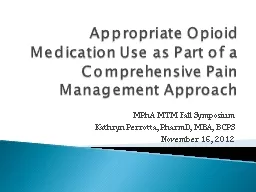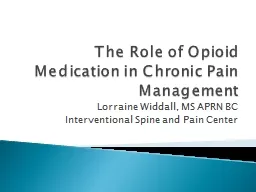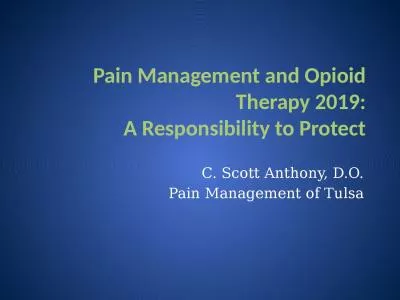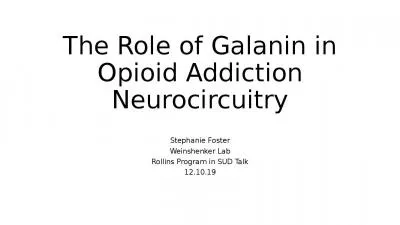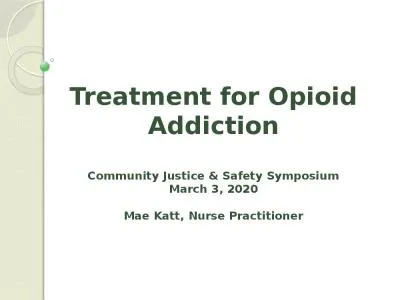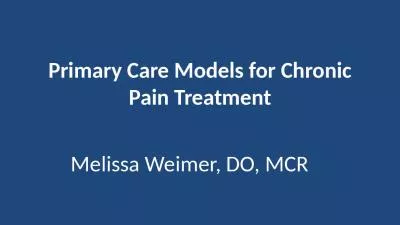PPT-Opioid Therapy, Pain, and Addiction at the Crossroads
Author : olivia-moreira | Published Date : 2019-03-16
Kenneth L Kirsh PhD Clinical Research Educator and Research Scientist Millennium Laboratories Millennium Research Institute San Diego CA The Opioid Pendulum Opiophobia
Presentation Embed Code
Download Presentation
Download Presentation The PPT/PDF document "Opioid Therapy, Pain, and Addiction at t..." is the property of its rightful owner. Permission is granted to download and print the materials on this website for personal, non-commercial use only, and to display it on your personal computer provided you do not modify the materials and that you retain all copyright notices contained in the materials. By downloading content from our website, you accept the terms of this agreement.
Opioid Therapy, Pain, and Addiction at the Crossroads: Transcript
Download Rules Of Document
"Opioid Therapy, Pain, and Addiction at the Crossroads"The content belongs to its owner. You may download and print it for personal use, without modification, and keep all copyright notices. By downloading, you agree to these terms.
Related Documents

